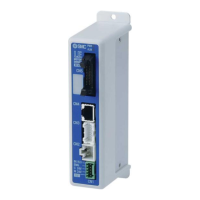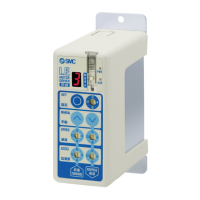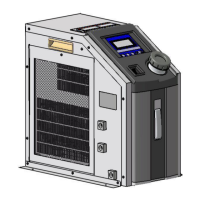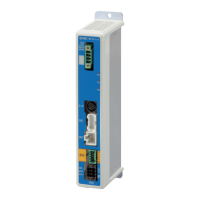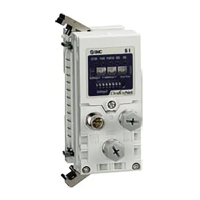19.EtherNet/IP COMMUNICATION
19.1.4 Establishing and disconnecting the communication
19.1.4.1 Communication status
The following shows the classification of the communication status. Two communication types are provided:
One is the I/O communication where command data and feedback data are sent and received at a constant
period. Another is the Explicit Message communication where object data is sent and received
asynchronously. Refer to chapter 3 for details of the I/O communication. Refer to chapter 4 for details of the
Explicit Message communication.
Establishing the I/O connection and switching the mode to the Run mode make the driver ready for driving
the servo motor.
The communication status can be checked with Class 01h, Instance 1h, and Attribute 5 Status. Refer to
chapter 7 for details.
Non-Existent
Configuring
Idle
Run
(4)
(9)
(10)
(1)
Pow er on
(5) (6)
(7)
(8)
(2) (3)
Closing
Established
Fig. 1.1
Table 1.1 EtherNet/IP state transition
When Connection Manager Object receives a Forward_Open request or a Large_Forward_Open request, the state
shifts to the Configuring state.
When Connection Manager Object fails to establish a connection requested by Forward_Open or
Large_Forward_Open, the state shifts to the Non-Existent state.
When a connection requested by Forward_Open or Large_Forward_Open is established, the state shifts to the
Established state. Just after the connection is established, the connection goes in the Idle state. In this state, the
servo motor cannot be driven through the communication.
When the slave receives a Run notification from the master, the state of the slave shifts from the Idle state to the Run
state. In this state, the servo motor can be driven through the communication.
When the slave receives an Idle notification from the master, the state of the slave shifts from the Run state to the
Idle state. When the state shifts from the Run state to the Idle state, a hot start is given to the driver.
When the slave receives a Forward_Close request from the master, the state of the slave shifts to the Closing state.
When a connection is disconnected by a Forword_Close request, the state shifts to the Non-Existent state. When a
communication is disconnected while the connection is in the Run state, a hot start is given to the driver.
When a disconnection requested by Forward_Close fails, the state shifts from the Closing state to the Establish state.
When a connection timeout occurs, the state shifts to the Non-Existent state. When a connection timeout occurs
while the connection is in the Run state, a hot start is given to the driver.

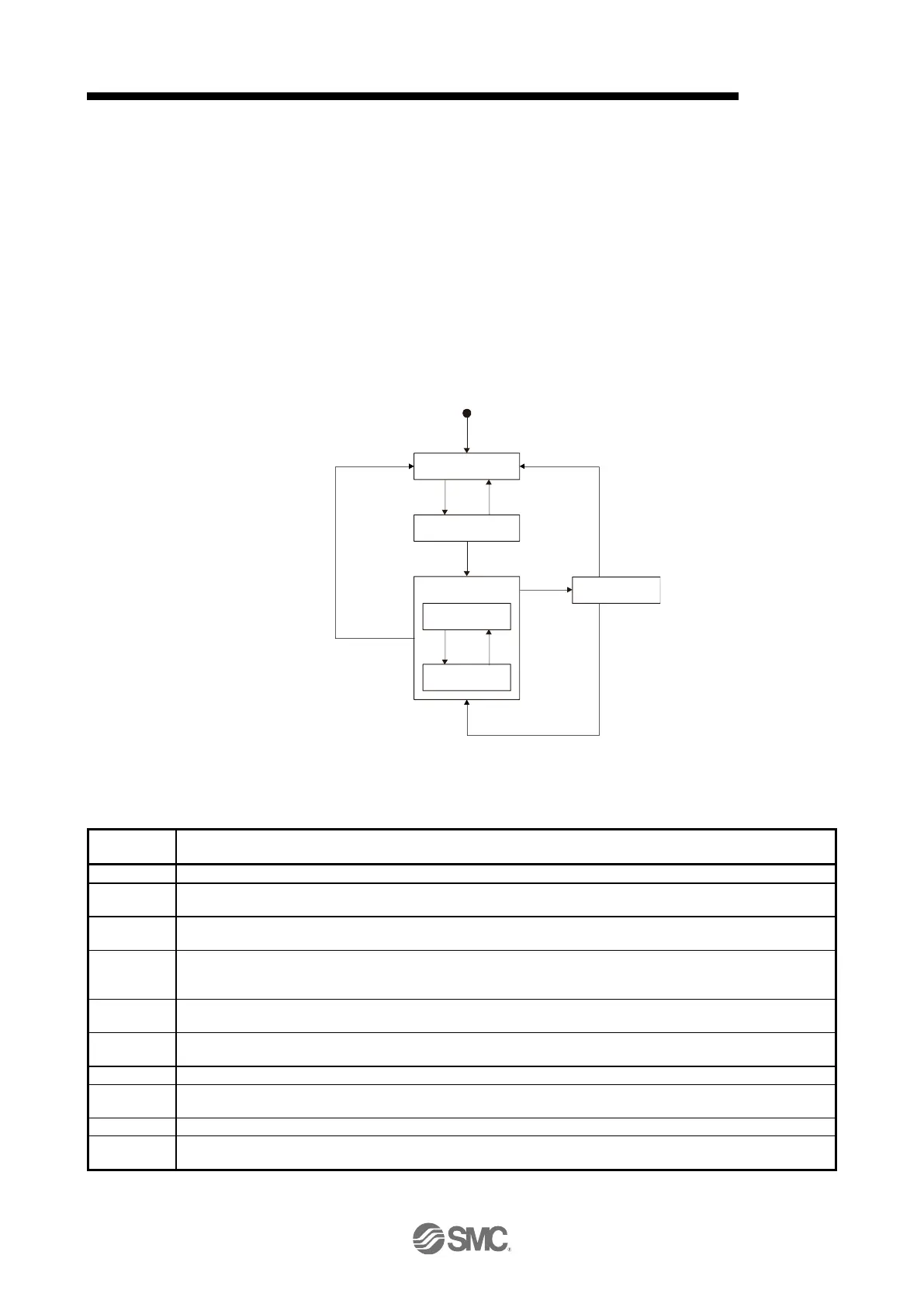